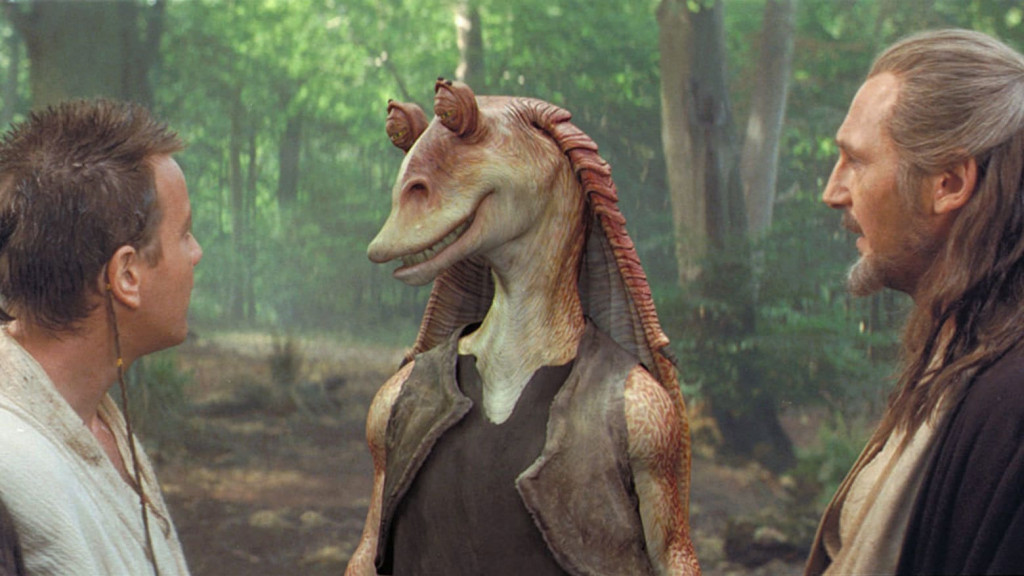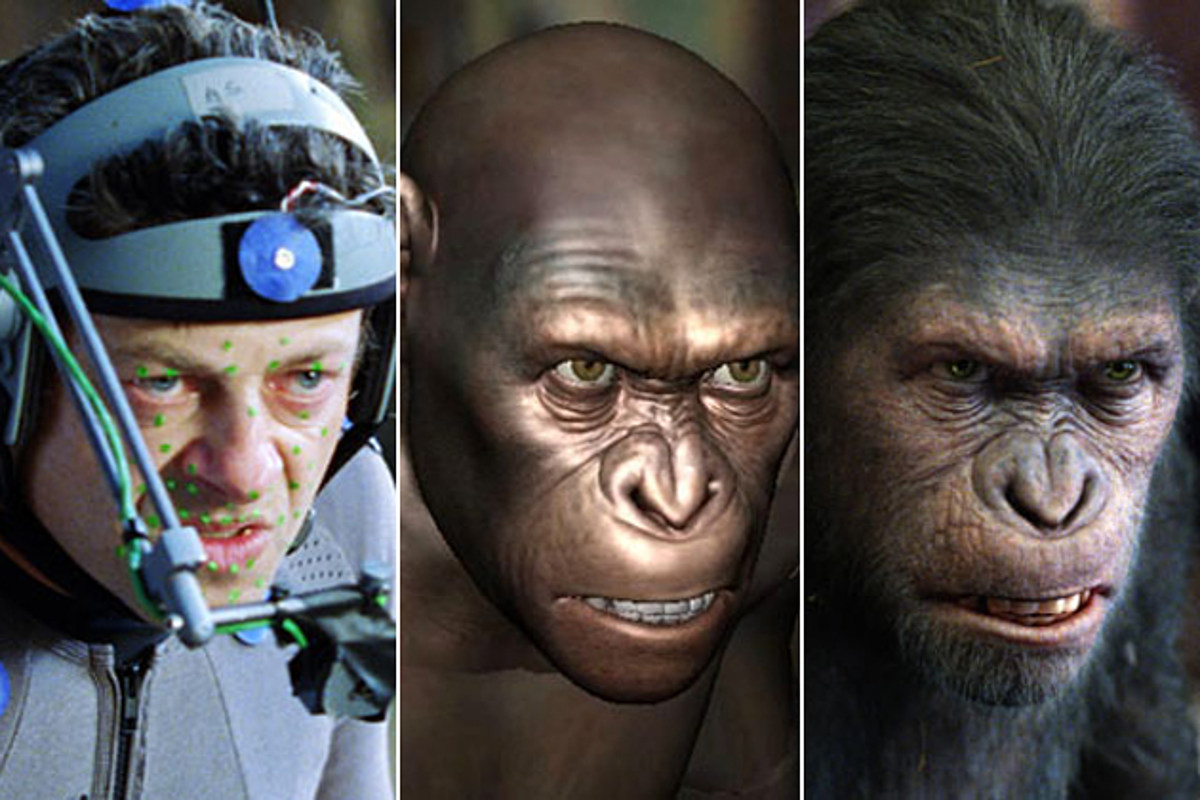There have been many technological advancements that have changed cinema over the years. Toy Story is famous for being the first computer-animated feature film, and ushering in a whole new era of animation. But one that is still discovering its full potential is the art of Motion Capture. Put simply, motion capture allows an actor’s performance to be tracked onto a digital character. All sorts of characters from various films like Gollum, Rocket Racoon, and King Kong (the modern ones at least) are all created with motion capture. Still not sure? Here’s a handy video introduction to the process.
A Long Time Ago…

Motion Capture has been around for decades, with Disney using rotoscope animation for its features. This involved tracing over the individual frames of a live-action performance. While it’s hard to know exactly where it was first used, it arguably became popularised with the original Mortal Kombat game. It wasn’t actually the motion capture we’re familiar with today, the actors were actually in costume. They performed the moves and were then “digitized” into the game, with the movements translated into animation as individual frames. That’s why the character models for the original game look so good because they’re real people!
It quickly arrived in films too, with Batman Forever notably using a “digital stunt double” for several shots. The video game adaptation used similar technology to animate its characters. But as usual, George Lucas was the one took things to a whole new level. 1999 saw the release of Star Wars: The Phantom Menace, Lucas had to wait for technology to be at a stage for him to complete his prequel trilogy and a large part of that was Jar Jar. The clumsy alien was played by Ahmed Best who is from a physical percussion group background, and was originally only hired for motion capture, before also voicing the character. Although the character was met with negative reception, it remains an important step forward for filmmaking
Apes. Together. Strong.

Around the same time, WETA Digital were working on bringing Gollum to life for Peter Jackson’s The Lord of the Rings trilogy. After Andy Serkis’ impressive physical performance, and casting as Smeagol, the original model for the character was changed, to resemble Serkis more. The original model can be seen during the first film. Gollum’s scenes were filmed twice, once with Serkis, and once without. Serkis didn’t actually wear anything we would recognise today for the performance, instead wearing a simple white leotard. They were able to render a (unfinished) model in real-time, to help visualise. Many of the techniques (as well as Serkis) used for Gollum would later be applied to Jackson’s version of King Kong and would be developed further for Matt Reeves’ Planet of the Apes prequel trilogy. Serkis used his influence to found The Imaginarium Studios, a performance capture facility, which recently relocated to Pinewood
Welcome to Pandora

James Cameron took things to the next level with his smash hit Avatar, using motion capture technology to bring to life the alien Na’vi, this time having a camera focused on the actor’s face, as well as whatever cameras are capturing the scene. This technique allows the animators to be able to directly translate the actor’s performance onto the digital character, rather than just as a reference footage. This is the technique commonly used today, and it’s only getting better. Being used to bring to life creatures like the Hulk and Smaug the Dragon, as well as in video games to create more realistic animations and performances, it makes sense why there are so many calls for mocap performances to be recognised at the Oscars.
Also Read: The Many Faces Of Andy Serkis

